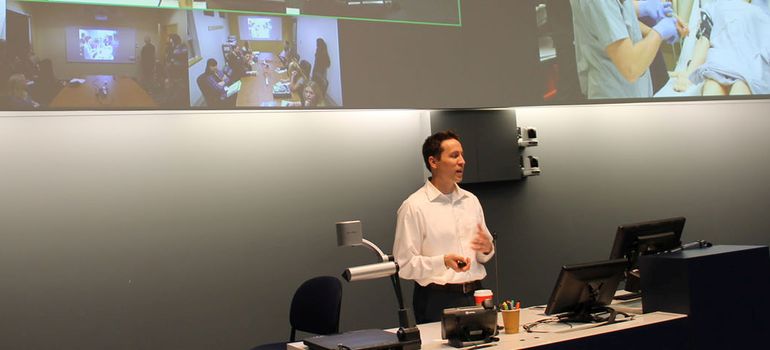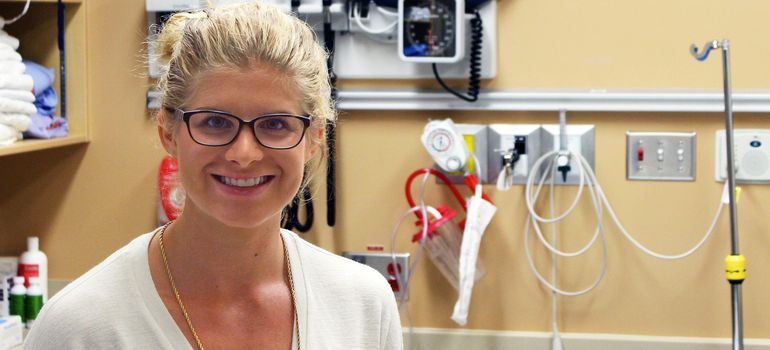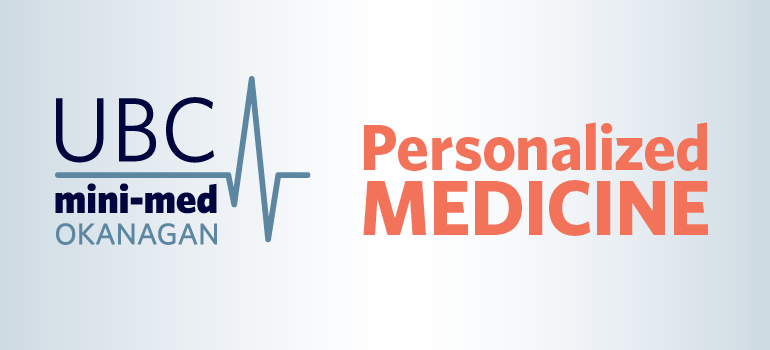Warren Brock
Communications Manager
Centre for Chronic Disease Prevention and Management, Southern Medical Program
Office: Reichwald Health Sciences CentrePhone: 250.807.8601
Email: warren.brock@ubc.ca
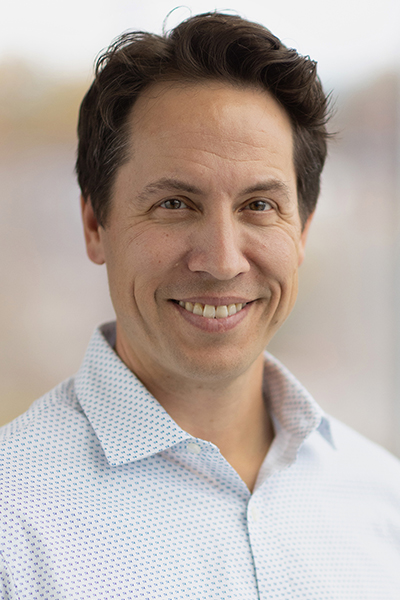
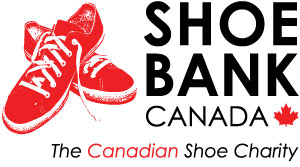 The Southern Medical Program has teamed up once again with Shoe Bank Canada for the holiday season. How many pairs of shoes do you have in the back of your closet that you never wear or no longer fit? Women’s, men’s, and children’s shoes are welcomed. All sizes and styles – runners, dress shoes, pumps, flats, boots, deck shoes, sandals, and flip flops.
The Southern Medical Program has teamed up once again with Shoe Bank Canada for the holiday season. How many pairs of shoes do you have in the back of your closet that you never wear or no longer fit? Women’s, men’s, and children’s shoes are welcomed. All sizes and styles – runners, dress shoes, pumps, flats, boots, deck shoes, sandals, and flip flops.
Individuals in need in the Okanagan, nearby provinces, or developing nations around the globe will appreciatively fill your old shoes. Place your donated footwear in the designated Shoe Bank bins in the Reichwald Health Sciences Centre or UBC Clinical Academic Campus and volunteers will do the rest. Final pick-up day is scheduled for Friday, December 18. For questions and more information, contact Jim at jimwriter12@gmail.com.

Dr. Cheryl Hume, site director for the UBC Kootenay Boundary Family Practice Residency, and Dr. Willa Henry, Program Director, UBC Department of Family Practice (seated), celebrate the opening of new UBC space with Kootenay Boundary Family Practice residents Drs. Gabe Krahn, Mark Szynkaruk, Alana Benes, and Gretchen Snyman, from left.
UBC medical students and resident physicians now have their own dedicated study and training space at Kootenay Lake Hospital
The new learning areas will be used primarily by third-year students with the Trail Integrated Community Clerkship program and resident physicians from the Kootenay Boundary Family Practice Residency program who complete training at the hospital, located in Nelson, BC. The new space on the fourth floor of the existing hospital provides a clinical skills room, study stations, and lounge area that was purpose-built for their specific needs.
Dr. Cheryl Hume, site director for the UBC Kootenay Boundary Family Practice Residency and Integrated Community Clerkship Programs, says these new facilities help make Nelson and Kootenay Lake Hospital (KLH) a vital part of distributed rural medical education in the Kootenay Boundary region.
“These facilities are key to supporting physicians-in-training with the necessary resources for effective learning,” says Hume. “They also provide a place for Nelson medical staff to teach and engage with residents and students, who in turn benefit immensely from working with these highly-accomplished health professionals.”
Construction of the 60 sq. metres (645 sq. ft.) space was undertaken “in-house” by Interior Health (IH), helping to significantly limit the cost. The project also included upgrades to the videoconference capabilities of two meeting rooms to support educational needs of learners and professional development opportunities for Nelson health professionals.
“We are very supportive of the Integrated Community Clerkship and Family Practice Residency programs, and see our partnership with UBC as a tremendous opportunity to attract future physicians to Nelson and the region,” says Brigitte McDonough, Interior Health’s acute health service administrator for Kootenay Boundary. “We are grateful to our plant services team, who did an excellent job redeveloping space on the fourth floor of the hospital to help suit the needs of students and resident physicians.”
“We are fortunate to be able to create this space for our learners and faculty in Nelson,” says Dr. Allan Jones, Regional Associate Dean, Interior, for UBC’s Faculty of Medicine. “The project is another prime example of our collaborative partnership with IH to best support the delivery of medical education across the region.”
Background
Based in Trail, the Integrated Community Clerkship program provides training for third-year UBC medical students in hospitals and family practice clinics. Students complete internal medicine, pediatrics, and obstetrics/gynecology training rotations at KLH.
The Kootenay Boundary Family Practice Residency Program is a two-year training program based in Trail and Nelson. The program launched in July 2015 and admits four family practice residents each year.
The post New space opens for students, resident doctors at Nelson hospital appeared first on UBC's Okanagan News.
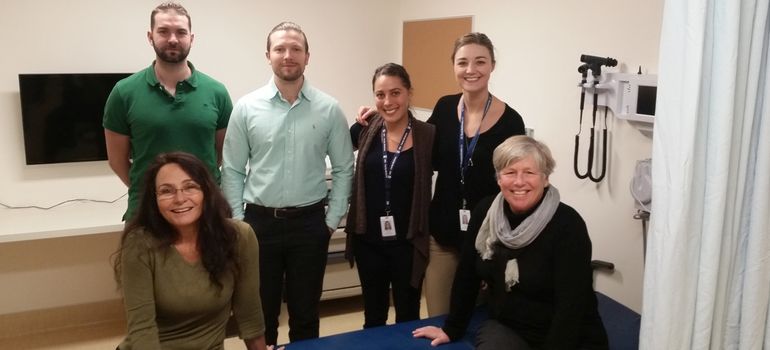
Dr. Cheryl Hume, Site Director for the UBC Kootenay Boundary Family Practice Residency and Dr. Willa Henry, Program Director, UBC Department of Family Practice, seated, celebrate the opening of new UBC space with Kootenay Boundary Family Practice residents Drs. Gabe Krahn, Mark Szynkaruk, Alana Benes, and Gretchen Snyman.
Dedicated, purpose-built space for UBC students and resident physicians
UBC medical students and resident physicians now have their own dedicated study and training space at Kootenay Lake Hospital (KLH).
The new learning areas will be used primarily by third-year students with the Trail Integrated Community Clerkship program and resident physicians from the Kootenay Boundary Family Practice Residency program who complete training at the hospital, located in Nelson, B.C. The new space on the fourth floor of the existing hospital provides a clinical skills room, study stations, and lounge area that was purpose-built for their specific needs.
Dr. Cheryl Hume, site director for the UBC Kootenay Boundary Family Practice Residency and Integrated Community Clerkship Programs, says these new facilities help make Nelson and KLH a vital part of distributed rural medical education in the Kootenay Boundary region.
“These facilities are key to supporting physicians-in-training with the necessary resources for effective learning,” says Hume. “They also provide a place for Nelson medical staff to teach and engage with residents and students, who in turn benefit immensely from working with these highly-accomplished health professionals.”
Construction of the 645-square-foot space was undertaken “in-house” by Interior Health (IH), helping to significantly limit the cost. The project also included upgrades to the videoconference capabilities of two meeting rooms to support educational needs of learners and professional development opportunities for Nelson health professionals.
“We are very supportive of the Integrated Community Clerkship and Family Practice Residency programs, and see our partnership with UBC as a tremendous opportunity to attract future physicians to Nelson and the region,” says Brigitte McDonough, Interior Health’s acute health service administrator for Kootenay Boundary. “We are grateful to our plant services team, who did an excellent job redeveloping space on the fourth floor of the hospital to help suit the needs of students and resident physicians.”
“We are fortunate to be able to create this space for our learners and faculty in Nelson,” says Dr. Allan Jones, Regional Associate Dean, Interior, for the UBC Faculty of Medicine. “The project is another prime example of our collaborative partnership with IH to best support the delivery of medical education across the region.”
Background:
Based in Trail, the Integrated Community Clerkship program provides training for third-year UBC medical students in hospitals and family practice clinics. Students complete internal medicine, pediatrics, and obstetrics/gynecology training rotations at KLH.
The Kootenay Boundary Family Practice Residency Program is a two-year training program based in Trail and Nelson. The program launched in July 2015 and admits four family practice residents each year.
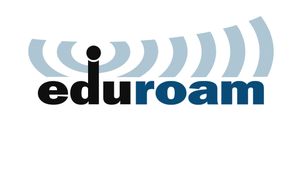 Eduroam wireless online access is now available throughout at Royal Inland Hospital. Eduroam is available for UBC students, staff and faculty who have a CWL ID (Campus Wide Login).
Eduroam wireless online access is now available throughout at Royal Inland Hospital. Eduroam is available for UBC students, staff and faculty who have a CWL ID (Campus Wide Login).
How to configure your device? Click Here
Affiliates from partner institutions can also connect to eduroam using their institution’s credentials. Please contact your institution’s help desk for assistance if you are a first time user.
Study will help determine ways to improve utilization of a costly resource
Increased public awareness of the risks associated with concussions has led to a surge in patients visiting emergency departments — and statistics Canada reports some 30,000 concussions or related head injuries are recorded annually in Canada for patients 12 to 19 years old.
While most minor head injuries don’t require hospitalization, some can involve further monitoring and even surgery. A computerized tomography (CT) head scan is a primary diagnostic tool used by emergency room doctors to determine the scope and immediacy of medical treatment.
However, it’s not without hazards as exposure to ionizing radiation can lead to a patient’s increased risk of cancer, says Dr. Mike Ertel, clinical instructor with the department of Emergency Medicine at Kelowna General Hospital (KGH).
Enter the Canadian CT Head Rules, a quick checklist to determine the best candidates for scanning. Though proven to be a valuable resource, a lack of adherence to these rules in emergency departments has been identified as the number one priority by the Canadian Association of Emergency Physicians.
As part of the UBC Okanagan Faculty of Medicine’s Summer Student Research Program, Hannah Duyvewaardt is working with Ertel to identify roadblocks and improve adherence levels.
Duyvewaardt, a second-year medical student, spent the summer reviewing KGH patient data logged through the Canadian Hospitals Injury Reporting and Prevention Program.
“The guidelines are well known, but not necessarily well followed,” says Duyvewaardt. “We are trying to understand why and then look at ways improve their usage by emergency physicians.”
As part of their research, Ertel and Duyvewaardt have introduced a checklist that emergency room physicians should use before ordering a CT head scan. Duyvewaardt is continuing her involvement by helping to distribute educational resources and monitoring their impact. With increased education, they expect to see significant improvement in adherence levels, better utilization of resources, and reduced radiation exposure for non-qualified patients.
“We are collecting the reports from every CT scan taken at KGH,” explains Duyvewaardt. “From this pool we are able to cross reference with all patients who have been examined for minor head injuries. The ‘checklist’ is staying with the patient’s chart, allowing us to determine if it was used and, if so, correctly.”
Their research findings will be presented at the next CAEP conference and contribute to best practices for concussion diagnosis and management on a national level.
“CT imaging is a limited and costly resource and it’s important to assess its value within the context of concussion patient care,” says Ertel, who is also Chief of Staff at KGH. “There are also increasing concerns around unnecessary radiation exposure to patients, especially the young.”

Second-year UBC medical student Hannah Duyvewaardt spent the summer keeping track of requisitions for CT scans at Kelowna General Hospital as part of a study to determine if guidelines for CT scans are being followed by emergency room doctors.
Study will help determine ways to improve utilization of a costly resource
Increased public awareness of the risks associated with concussions has led to a surge in patients visiting emergency departments — and statistics Canada reports some 30,000 concussions or related head injuries are recorded annually in Canada for patients 12 to 19 years old.
While most minor head injuries don’t require hospitalization, some can involve further monitoring and even surgery. A computerized tomography (CT) head scan is a primary diagnostic tool used by emergency room doctors to determine the scope and immediacy of medical treatment.
However, it’s not without hazards as exposure to ionizing radiation can lead to a patient’s increased risk of cancer, says Dr. Mike Ertel, clinical instructor with the department of Emergency Medicine at Kelowna General Hospital (KGH).
Enter the Canadian CT Head Rules, a quick checklist to determine the best candidates for scanning. Though proven to be a valuable resource, a lack of adherence to these rules in emergency departments has been identified as the number one priority by the Canadian Association of Emergency Physicians.
As part of the UBC Okanagan Faculty of Medicine’s Summer Student Research Program, Hannah Duyvewaardt is working with Ertel to identify roadblocks and improve adherence levels.
Duyvewaardt, a second-year medical student, spent the summer reviewing KGH patient data logged through the Canadian Hospitals Injury Reporting and Prevention Program.
“The guidelines are well known, but not necessarily well followed,” says Duyvewaardt. “We are trying to understand why and then look at ways improve their usage by emergency physicians.”
As part of their research, Ertel and Duyvewaardt have introduced a checklist that emergency room physicians should use before ordering a CT head scan. Duyvewaardt is continuing her involvement by helping to distribute educational resources and monitoring their impact. With increased education, they expect to see significant improvement in adherence levels, better utilization of resources, and reduced radiation exposure for non-qualified patients.
“We are collecting the reports from every CT scan taken at KGH,” explains Duyvewaardt. “From this pool we are able to cross reference with all patients who have been examined for minor head injuries. The ‘checklist’ is staying with the patient’s chart, allowing us to determine if it was used and, if so, correctly.”
Their research findings will be presented at the next CAEP conference and contribute to best practices for concussion diagnosis and management on a national level.
“CT imaging is a limited and costly resource and it’s important to assess its value within the context of concussion patient care,” says Ertel, who is also Chief of Staff at KGH. “There are also increasing concerns around unnecessary radiation exposure to patients, especially the young.”
—30—
The post UBC medical student examines the use of CT scans by doctors appeared first on UBC's Okanagan News.
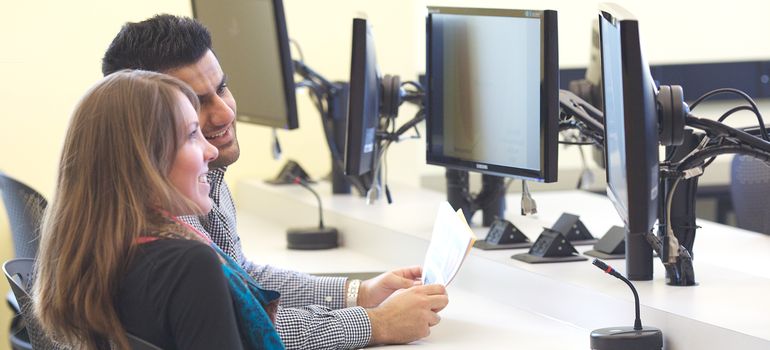 Based on the recommendations made in a number of influential reports on the future of medical health in Canada, the UBC Faculty of Medicine initiated the Dean’s Task Force on Curriculum Renewal to review our curriculum. The renewed curriculum embraces all of these recommendations, in addition to addressing previous accreditation feedback.
Based on the recommendations made in a number of influential reports on the future of medical health in Canada, the UBC Faculty of Medicine initiated the Dean’s Task Force on Curriculum Renewal to review our curriculum. The renewed curriculum embraces all of these recommendations, in addition to addressing previous accreditation feedback.
The curriculum has been designed to increase flexibility of learning for students; embed opportunities for inter-professional education; and move towards a competency-based, spiraled, integrated educational approach. The end goal of Curriculum Renewal is to produce graduates who will meet both the current and future health care needs of British Columbians.
The launch of Year 1 of the renewed curriculum started in August in Vancouver and begins in early January at the Southern Medical Program. The Class of 2019 will be the first cohort to experience the renewed curriculum at every stage of their studies.
Teachers in particular, whether a tutor, session instructor or preceptor, play a key role in the transformation of the MD Undergraduate Program.
- For tutors … you will move from problem-based learning to case-based learning, and have increased opportunity to provide formative feedback and assessment for student learning.
- For session instructors… you will have more clarity around how your lecture fits within the overall curriculum.
- For family practice preceptors and clinical skills tutors … you will have increased opportunity to provide formative feedback and assessment for student learning.
Although much of the content will remain the same, it will be structured and delivered in different ways. The renewed curriculum in Year 1 is made up of fewer, more integrated courses that developmentally spiral content. The spiral-based curriculum means that concepts will be periodically revisited, reinforced, and built upon so that students can absorb information in a more meaningful way. From an assessment perspective, the renewed curriculum will be assessed in a coordinated way with a defined set of assessment methods. Each method is well suited to assessing certain types of competencies and brings unique and important information about performance. We have also embedded processes for continuous quality improvement to enable our curriculum to continuously improve year after year.
Flexible and Enhanced Learning (FLEX)
FLEX is a new, innovative series of three courses in the renewed curriculum. It offers students unique opportunities to pursue a variety of scholarly activities within a defined learning space. FLEX enables students to explore individual learning interests in greater depth. The FLEX course is designed to foster innovation, creativity, and critical thought.
Workplace Based Assessment (WBA)
WBA involves the direct observation of students performing relevant physician tasks in both clinical and non-clinical settings. WBA tracks students’ progress in integrating clinical knowledge and skills as a basis for safe and effective clinical judgments and decision-making. It also assesses how students deal with patients and the ability to work productively in a team of health care professionals.
Portfolio
Portfolio has both developmental and assessment activities where, students build foundational reflective learning skills in Years 1 & 2 and then apply these skills in their clinical environments during Years 3 & 4. Students are then assessed on their reflective activities, in a variety of topics, such as professionalism and communication.
Progress Tests
Progress Tests are comprised of multiple choice questions that sample the complete knowledge domain expected of an MD graduate. These exams occur repeatedly through the four years of the program and provide formative feedback about performance across subjects to guide learning.
For Years 2 to 4, more information and updates will be provided in the months ahead. For questions specific to Year 1 teaching, please contact Allison Gilbert, Years 1 & 2 Program Manager at allison.gillbert@ubc.ca. For information about the Renewed Curriculum process, please visit http://www.cr.med.ubc.ca/.
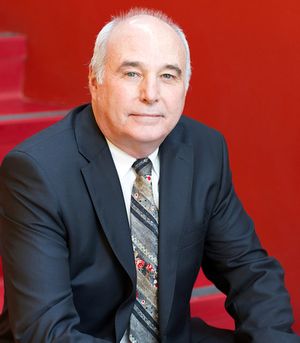 We are entering an exciting new chapter for the Southern Medical Program (SMP) with the implementation of the Faculty of Medicine’s renewed curriculum. The SMP Class of 2019, our program’s fifth cohort, are the first to delve into this new learning model that will guide and challenge them along their path to becoming physicians.
We are entering an exciting new chapter for the Southern Medical Program (SMP) with the implementation of the Faculty of Medicine’s renewed curriculum. The SMP Class of 2019, our program’s fifth cohort, are the first to delve into this new learning model that will guide and challenge them along their path to becoming physicians.
Over the past four years, we have fostered outstanding educational and clinical learning environments serving well both SMP students and those from across UBC’s distributed MD Undergraduate Program. It is because of our success in building this robust academic network that we have the utmost confidence in our ability to embrace and adapt to the renewed curriculum for years to come.
We must continue to acknowledge the dedicated work of our faculty leaders, clinical faculty, and administration who are critical to our program’s long-term sustainability. Also, our community members who welcome and support students and residents as part of their medical care in the Interior’s hospitals and clinics.
This past year has seen the graduation of our inaugural class, the opening of new educational facilities in Vernon, and the creation of a new rural family medicine residency program in the Kootenay Boundary. We are humbled by the continued growth of clinical faculty with over 1,000 health professionals across the region involved with medical teaching.
Looking forward to the year ahead, we will be participating in the Faculty of Medicine’s accreditation review by the Committee on the Accreditation of Canadian Medical Schools (CACMS) in February 2016. A critical process that will certainly recognize many of our program’s collective achievements, but also acknowledge areas that require further development. A recent independent student analysis has provided exceedingly positive feedback on the experience of SMP students across all four years of the program.
As each new academic year comes to a close, we are excited to celebrate another wave of SMP graduates heading off to their residencies in BC and across the country. We are eager to follow along as they complete their training and fulfill their personal and professional goals. While the trajectory of a medical student to practicing physician is considerable, we firmly believe our efforts reflect and support our social responsibility to the health care needs within the Interior and across the province.
Dr. Allan Jones
Regional Associate Dean, Interior, UBC Faculty of Medicine
Associate Vice-Provost, Medical Sciences, UBC Okanagan
